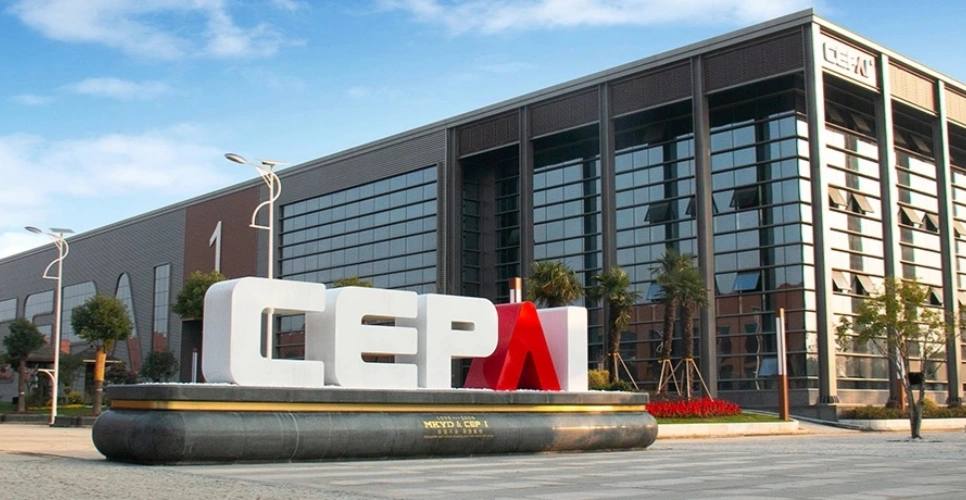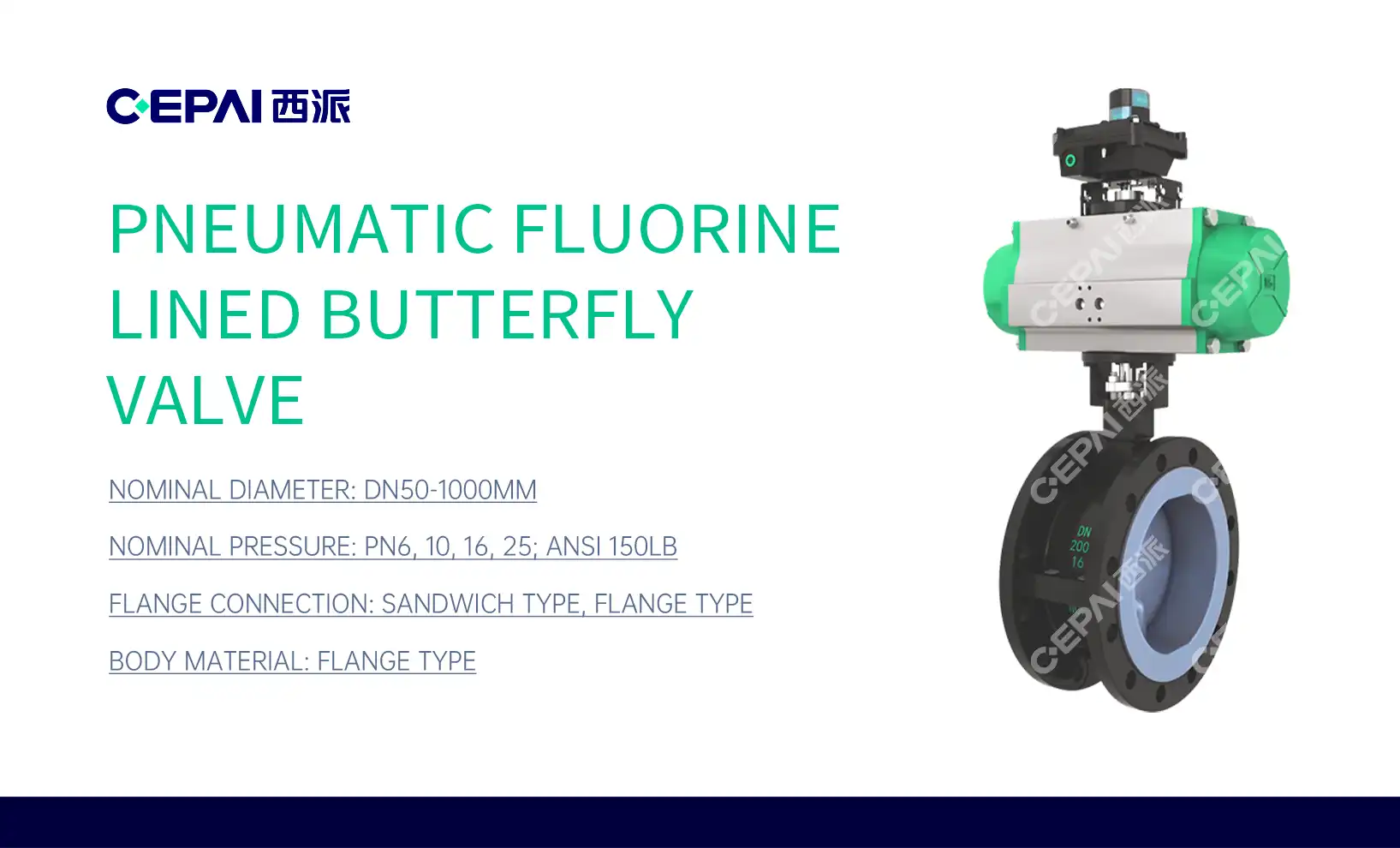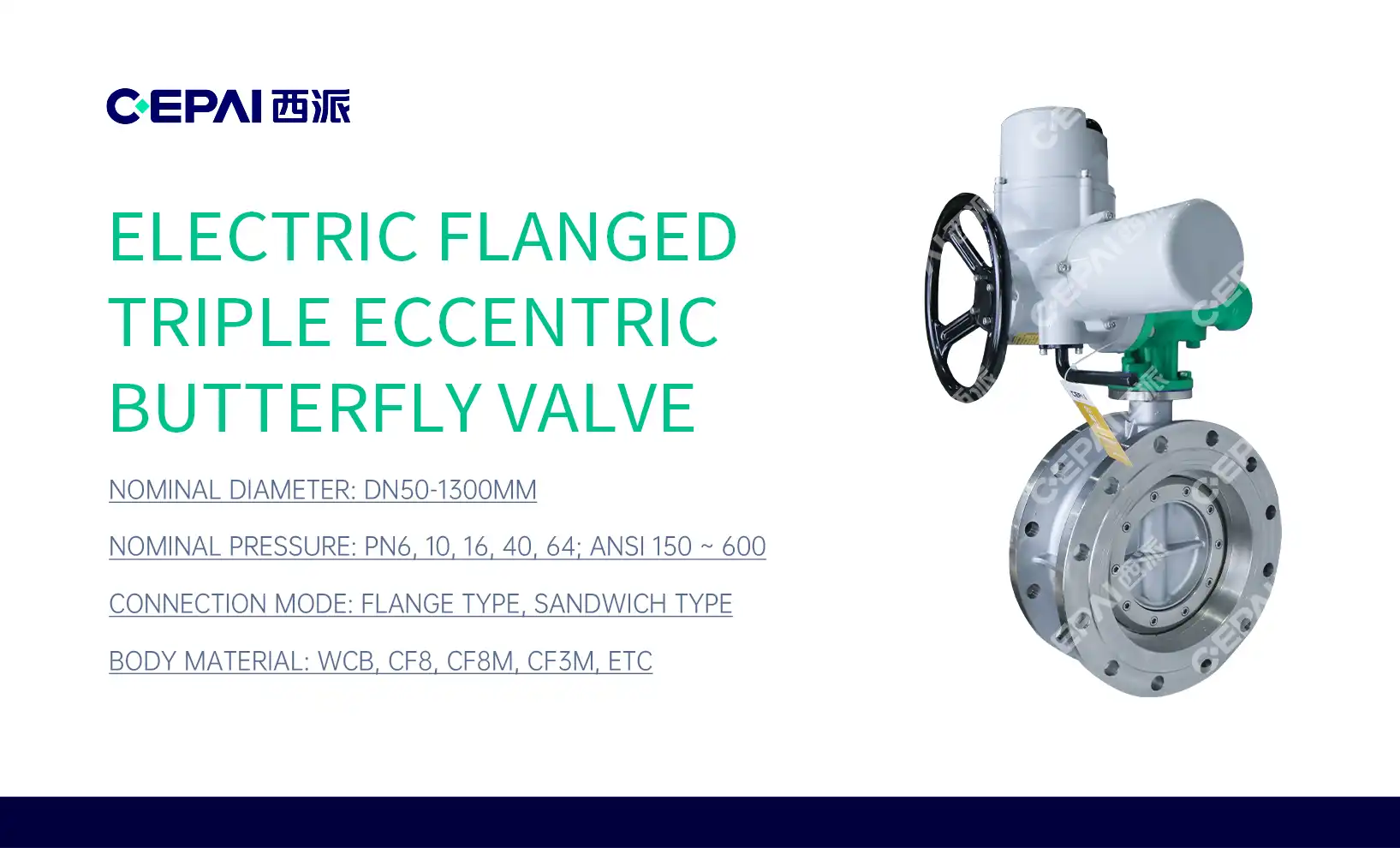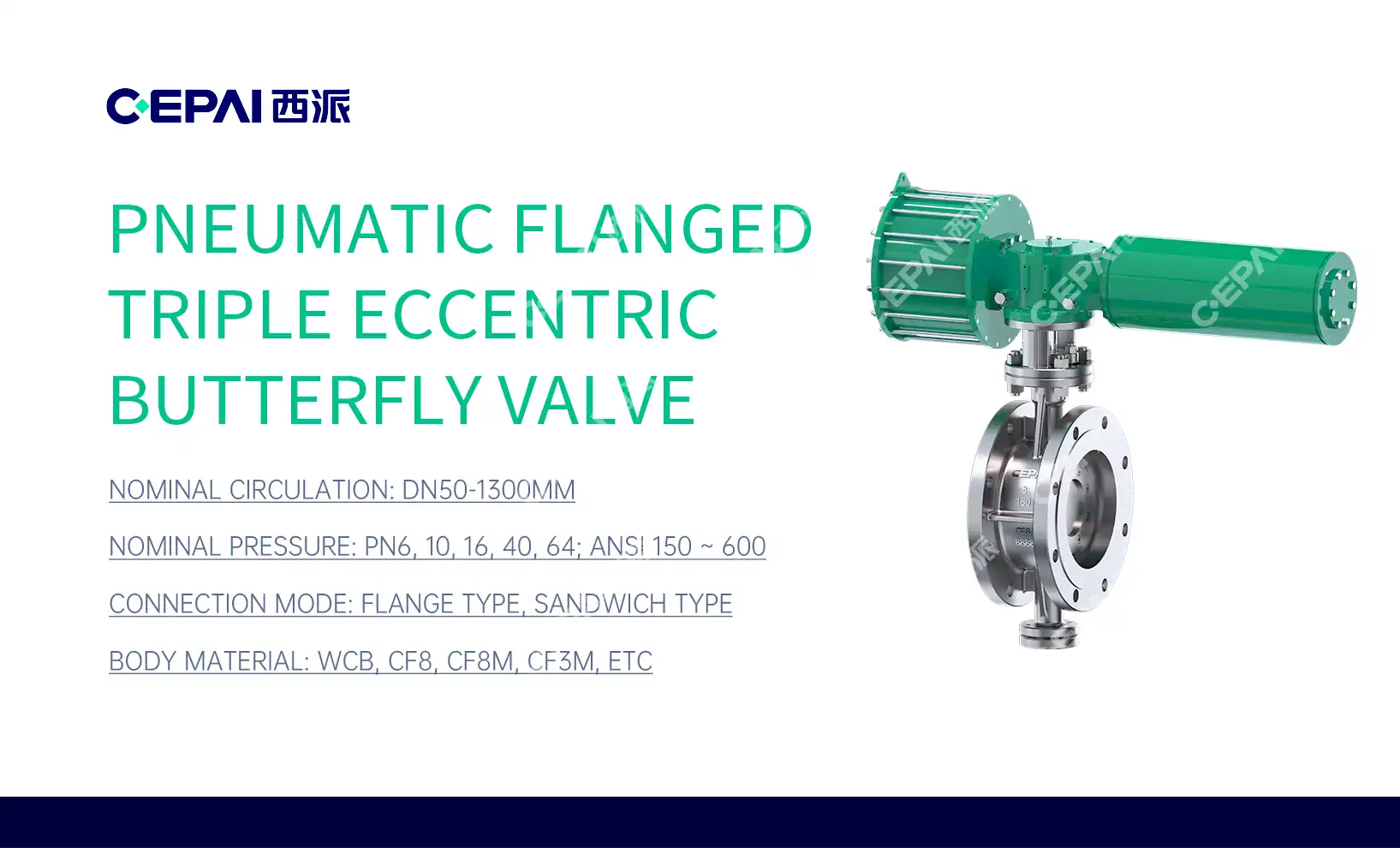Valve Design and Specifications
Size and Flow Capacity
The size and flow capacity of a control valve significantly impact its cost. Larger valves capable of handling higher flow rates generally come with a higher price tag. This is due to the increased material requirements and manufacturing complexity associated with larger valve bodies and internals. Additionally, valves designed for high-pressure applications or extreme temperature ranges often require specialized materials and construction techniques, further driving up costs.
Valve Type and Configuration
Different valve types, such as globe valves, butterfly valves, ball valves, or control valves, vary in cost due to their unique designs and operational characteristics. Globe valves, known for their precise control capabilities, often command a premium price compared to simpler designs. The configuration of the valve, including whether it's a straight-through or angle-body design, can also affect the overall cost. Specialized configurations designed for specific applications may require additional engineering and manufacturing resources, resulting in higher prices.
Material Selection
The choice of materials used in control valve construction plays a significant role in determining its cost. Valves made from high-grade stainless steel or exotic alloys like Hastelloy or titanium are more expensive than those constructed from standard carbon steel. These premium materials offer enhanced corrosion resistance and durability, making them suitable for harsh environments or processes involving aggressive chemicals. The selection of trim materials, such as valve seats and plugs, also influences the overall cost, with hardened or coated components commanding higher prices due to their improved wear resistance and longevity.
Actuator and Control Systems
Actuator Type and Size
The actuator, responsible for positioning the valve, is a critical component that affects the overall cost of a control valve assembly. Pneumatic actuators are generally less expensive than electric or hydraulic alternatives. However, the size and force requirements of the actuator can significantly impact its price. Larger actuators capable of generating higher thrust or torque for operating larger valves or overcoming high process pressures are more costly. Additionally, actuators designed for fast response times or precise positioning may incorporate advanced technologies, further increasing their price.
Control System Integration
Modern control valves often incorporate sophisticated control systems that enhance their functionality and performance. Smart positioners, which provide precise valve positioning and diagnostic capabilities, add to the overall cost but offer valuable benefits in terms of process control and maintenance planning. The integration of fieldbus communication protocols or wireless connectivity features can also increase the price of a control valve assembly. These advanced control options enable seamless integration with plant-wide control systems and facilitate remote monitoring and adjustment, justifying their additional cost in many applications.
Specialized Features and Accessories
Control valves can be equipped with various specialized features and accessories that enhance their performance or adapt them to specific operating conditions. These may include noise-reduction trims for high-pressure drop applications, anti-cavitation devices, or custom-engineered flow characterization. Heating or cooling jackets for temperature-sensitive processes, specialized stem seals for fugitive emissions control, or custom flanges for unique piping configurations are examples of accessories that can significantly impact the overall cost of a control valve. While these features add to the initial investment, they often provide long-term benefits in terms of improved process control, reduced maintenance, and extended valve life.
Manufacturing and Supply Chain Factors
Production Volume and Economies of Scale
The production volume of control valves plays a significant role in determining their cost. Manufacturers can achieve economies of scale when producing large quantities of standardized valve designs, resulting in lower per-unit costs. Custom or low-volume orders often incur higher prices due to the need for specialized tooling, increased setup times, and reduced efficiency in the production process. Companies that require unique valve configurations or sizes may face premium pricing compared to off-the-shelf solutions.
Manufacturing Complexity and Quality Control
The complexity of the manufacturing process directly impacts the cost of control valves. Valves with intricate internal geometries, tight tolerances, or requiring specialized machining techniques demand more time and expertise to produce, leading to higher costs. Rigorous quality control measures, including extensive testing and certification processes, also contribute to the overall expense. High-end valves subjected to stringent industry standards or those requiring full material traceability often command premium prices due to the additional resources invested in ensuring their reliability and compliance.

Supply Chain and Raw Material Costs
Fluctuations in raw material prices, particularly for specialty metals and alloys used in valve construction, can significantly impact the final cost of control valves. Global supply chain disruptions, trade policies, and market demand for specific materials can lead to price volatility. Additionally, the sourcing of components from various suppliers and the logistics involved in assembling complex valve assemblies contribute to the overall cost structure. Manufacturers may also factor in potential supply chain risks and inventory management costs when pricing their products, especially for specialized or custom-engineered valves.
Conclusion
The cost of control valves is influenced by a complex interplay of factors, ranging from design specifications and material selection to manufacturing processes and market dynamics. Understanding these factors enables businesses to make informed decisions when selecting control valves that meet their operational requirements while optimizing their investment. By carefully considering the specific needs of their application and balancing performance requirements with budget constraints, companies can ensure they choose the most cost-effective control valve solutions for their industrial processes.
FAQs
1. How does valve size affect control valve cost?
Larger valves generally cost more due to increased material usage and manufacturing complexity.
2. Are smart positioners worth the additional cost?
Smart positioners offer improved control and diagnostics, often justifying their cost through enhanced performance and reduced maintenance.
3. How do material choices impact control valve pricing?
Premium materials like stainless steel or exotic alloys increase costs but offer better corrosion resistance and durability in harsh environments.
Expert Control Valve Solutions | CEPAI
CEPAI Group Co., Ltd. is a leading manufacturer of high-quality control valves, offering innovative solutions for the oil and gas industry. Our state-of-the-art intelligent manufacturing facility, featuring the longest high-precision flexible production line in the Asia Pacific region, ensures superior product quality and customization capabilities. As a trusted supplier and manufacturer, we provide expert guidance in selecting the most cost-effective control valve solutions for your specific needs. Contact us at cepai@cepai.com to explore our range of advanced control valves and optimize your industrial processes.

References
Smith, J. (2022). Control Valve Design and Selection Criteria. Journal of Process Engineering, 45(3), 178-192.
Johnson, A., & Williams, R. (2021). Cost Analysis of Advanced Control Valve Technologies. Industrial Automation Quarterly, 18(2), 55-68.
Chen, L., et al. (2023). Material Considerations in High-Performance Control Valves. Materials Science in Valve Manufacturing, 7(1), 12-25.
Brown, T. (2022). The Impact of Smart Positioners on Control Valve Economics. Automation and Control Systems, 33(4), 201-215.
Garcia, M., & Lee, K. (2021). Supply Chain Dynamics in the Global Valve Industry. International Journal of Industrial Economics, 29(3), 345-360.
Thompson, E. (2023). Lifecycle Cost Analysis of Industrial Control Valves. Journal of Asset Management, 14(2), 89-103.

_1746598538016.webp)



